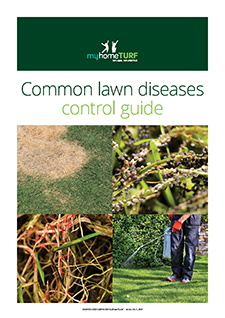How to Control Grey Leaf Spot in your Lawn
Grey Leaf Spot is a fungal disease that can affect both grassy and broadleaf plants. The disease is often a problem during wet and humid spring weather. Lawns infected with ...

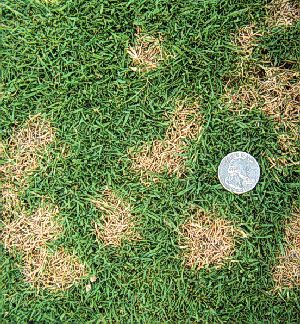 Dollar Spot disease is caused by the fungus Sclerotinia Homoeocarpa and is common in both warm and cool season grasses across Australia.
Dollar Spot disease is caused by the fungus Sclerotinia Homoeocarpa and is common in both warm and cool season grasses across Australia.
Dollar Spot can lie dormant over winter and become active again when conditions are more favourable, such as warm humid days, cool nights, and heavy dews.
It’s most common in spring and autumn, and especially prevalent in dry soils that are low in nitrogen.
Small outbreaks are unlikely to jeopardise the health of your lawn but left untreated Dollar Spot can develop into a major problem and ruin your lawn’s appearance.
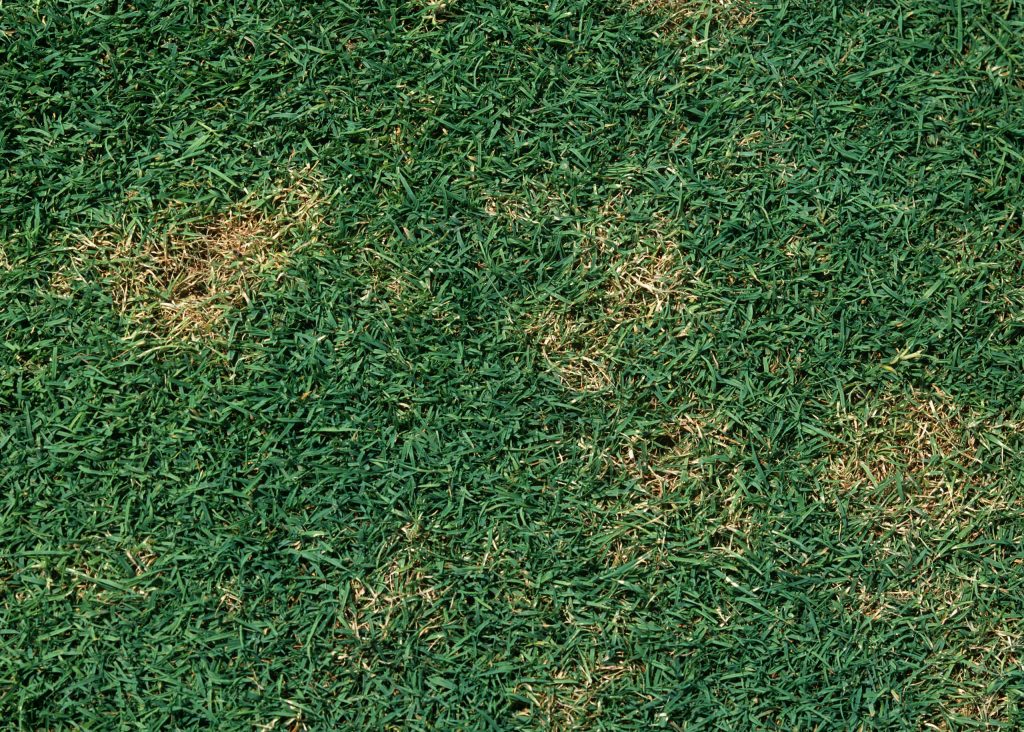 Knowing what to look for is essential to both treating and preventing Dollar Spot.
Knowing what to look for is essential to both treating and preventing Dollar Spot.
As the name suggests, the first signs can be circular yellow patches about the size of an Australian one dollar coin. The water soaked lesions then become straw-like, with a reddish-brown margin.
On closely mowed grass, the patches are sunken and can join up to form larger irregular patches.
They can be mistaken for drought injury or fertiliser burn in taller lawns.
If you’re not sure what’s causing the damage, carry out an inspection early in the morning after a cool night or when there’s heavy dew on the ground.
Look for fine threads resembling spider webs or cotton that disappear as the day warms up.
This is known as mycelium and is the way the fungus spreads from one leaf blade to another. Dollar Spot also can be spread by equipment, wind, soil, people and animals.
Adopting good lawn care practices is the best way to correct Dollar Spot, but if the outbreak is severe you might need help from a fungicide.
Look for contact fungicides containing the active ingredients chlorothalonil or iprodione, or systemic fungicides containing the active ingredient propiconazole.
Liquid fungicides, which require less measuring and mixing, are generally the easiest to use. They also don’t usually need to be watered into the soil.
 The best time to apply fungicide will depend on whether you’re using a contact fungicide or a systemic fungicide.
The best time to apply fungicide will depend on whether you’re using a contact fungicide or a systemic fungicide.
It is usually early in the morning – before bees are foraging – and more than 24 hours before rain is expected.
The spray must be able to dry, but avoid spraying when it’s windy or conditions are otherwise likely to encourage spray drift onto fruit and vegetable gardens.
It might be necessary to spray more than once if conditions favourable to disease persist, but don’t use the same product each time.
Alternate between contact and systemic fungicides as well as using fungicides from different modes of action groups to avoid the development of resistance which can make chemicals less effective.
Always read the product label and follow its instructions for application and safety precautions. Some fungicides registered for turf diseases are not permitted for use in the home garden.
Some fungicides are less toxic than others, but you should always wear gloves, eye protection, boots and avoid skin contact when applying any chemicals to your lawn or garden.
Keep children and pets off your lawn for at least 24 hours after application.
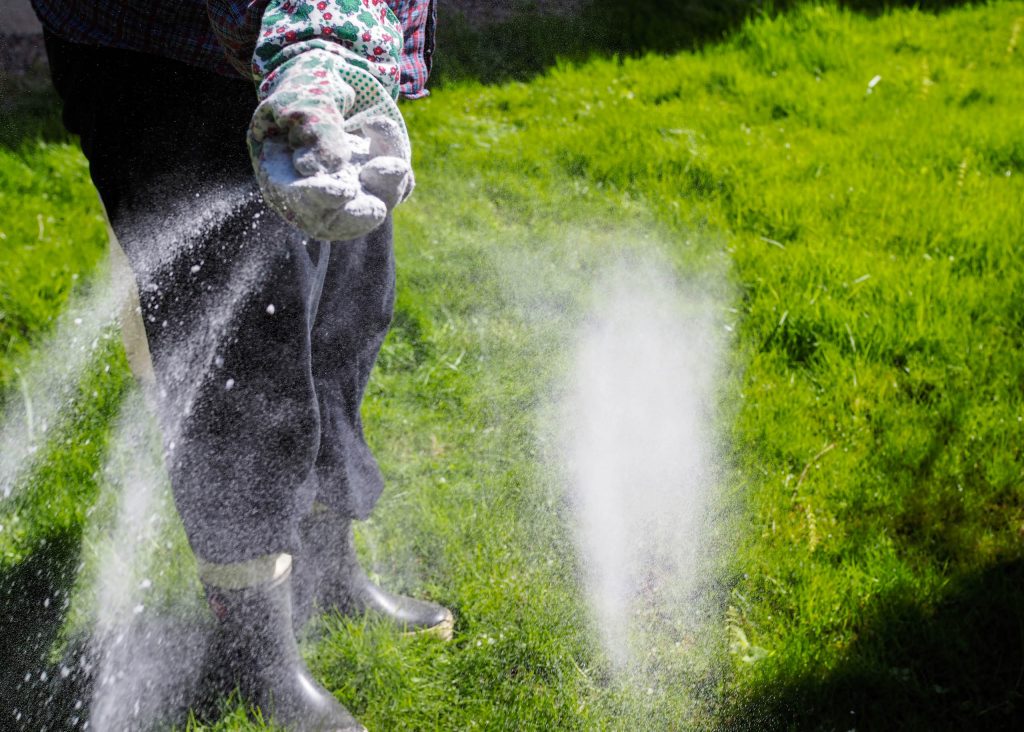 Your lawn care maintenance program should include regular mowing at the recommended height for your lawn type, aeration and thatch removal, application of fertiliser and deep, infrequent watering in the morning.
Your lawn care maintenance program should include regular mowing at the recommended height for your lawn type, aeration and thatch removal, application of fertiliser and deep, infrequent watering in the morning.
If you’re doing all these things and Dollar Spot still appears, it might pay to start a preventative fungicide program using liquid copper.
An organic fungicide that can be used on your lawn, as well as in your fruit and vegetable garden, liquid copper is available from most hardware and garden centres.
It should be sprayed two weeks before problems usually start and can be repeated every seven to 10 days if needed.
Or you could choose a systemic fungicide containing the active ingredient propiconazole.
Systemic fungicides work from the inside out and will attack and kill the fungus on infected plants, whether symptoms are visible or not.
They’re not washed off by rain and can keep working for longer than a contact fungicide – up to 25 days or more. You can read our guide to turf maintenance and lawn care.
There’s also a guide to preventing and managing Dollar Spot and a range of other common lawn diseases.
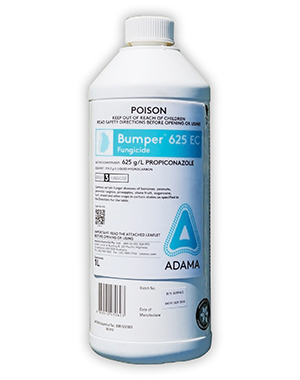
Adama Bumper 625EC 1L contains the active ingredient propiconazole (625g/L) and is suitable for use on Couch grasses.
SHOP NOW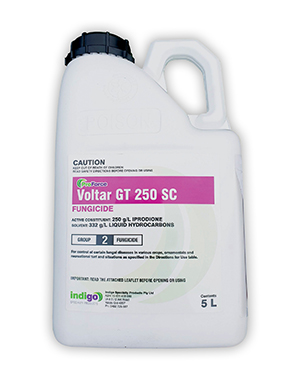
Indigo Voltar GT 250 5L is a broad-spectrum fungicide containing the active ingredient iprodione (250g/L) and is suitable for Zoysia, Kikuyu, Couch and Buffalo grasses.
SHOP NOW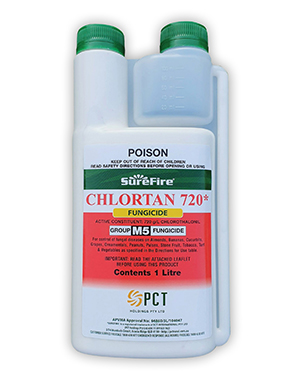
SureFire Chlortan 720 1L contains the active ingredient chlorothalonil (720g/L) and is suitable for Zoysia, Kikuyu, Couch and Buffalo grasses.
SHOP NOWYou can browse these and other fungicides in the myhomeTURF online shop.
Sign up for our Newsletter to receive your free guide.
